- NEED HELP? CALL US NOW
- +919995411505
- [email protected]
Cementum
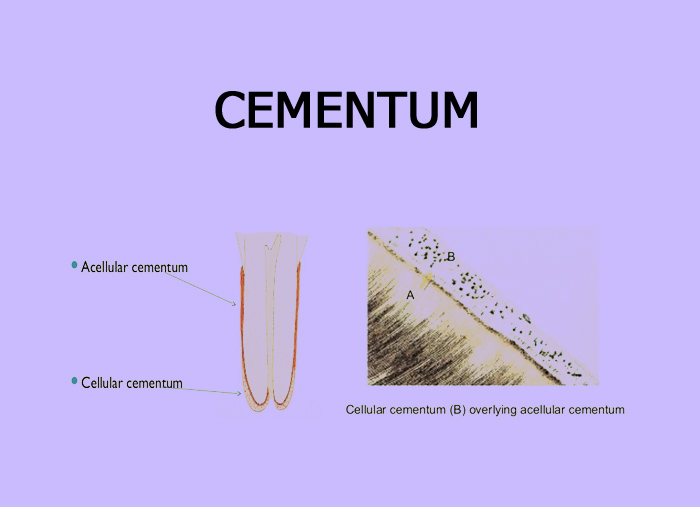
• Derived from dental follicle
• Hard, Calcified, avascular mesenchymal tissue
• Yellowish in color
• Lighter and less harder than dentin
• Permeable
• The thickness of cementum varies considerably and the cervical third may be only 16-60 µm thick
• In contrast, the apical third can be 200µm or even thicker.
• Hard, Calcified, avascular mesenchymal tissue
• Yellowish in color
• Lighter and less harder than dentin
• Permeable
• The thickness of cementum varies considerably and the cervical third may be only 16-60 µm thick
• In contrast, the apical third can be 200µm or even thicker.
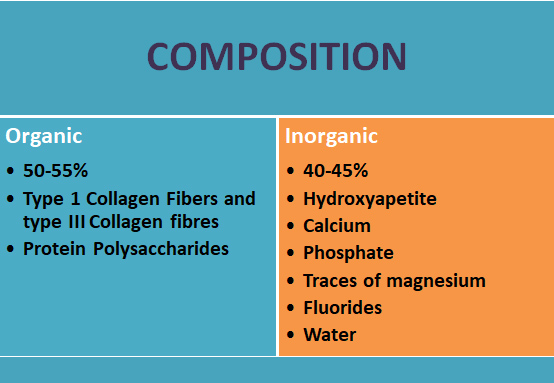
CLASSIFICATION OFCEMENTUM
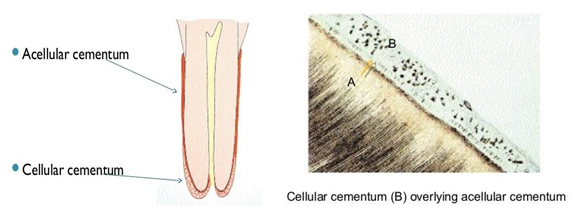
According to Schroeder et al
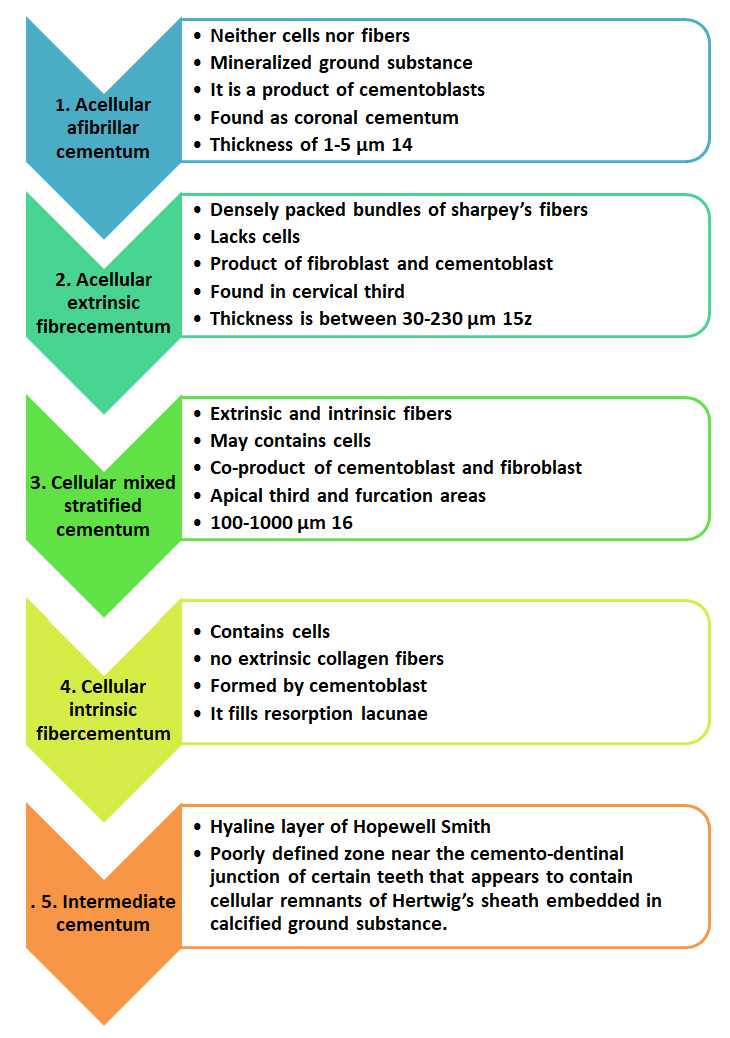
Incremental lines of Salter
- These lines represent the rest periods in cementum formation and are more mineralized than the adjacent cementum.
- Both cellular and acellular are arranged in lamillae seperated by incremental lines
- These lines are parallel to the long axis of the root
Cemento-enamel junction
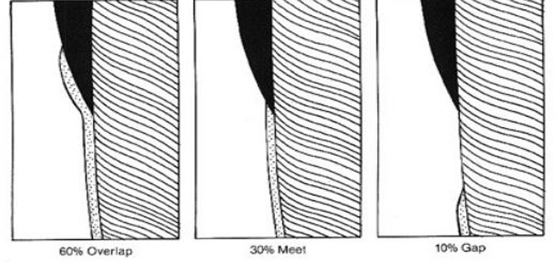
FUNCTIONS OF CEMENTUM
- Medium of attachment of collagen fibers that bind to alveolar bone
- Continue deposition helps to keep attachment apparatus intact
- Helps in repair of any resorption
AGE CHANGES IN CEMENTUM
- the width of cementum increases with age
- Average thickness of 95 µm at age of 20 and 215 µm at age of 60 have been reported
- The increase in width is greater in apical and furcation areas
- Permeability of cementum decreases with age
HYPERCEMENTOSIS
- Refers to non-neoplastic deposition of excessive cementum that is continuous with the normal radicular cementum
- May be localized to one tooth or affect entire dentition
- Occurs as generalized thickening of cementum, with nodular enlargement of apical third of root.
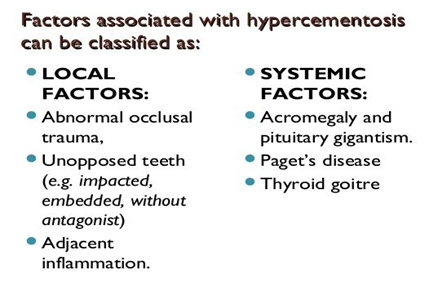
CEMENTICLES
- Globular masses of acellular cementum
- generally less than 0.5mm in diameter which form with in periodontal ligament
- exhibit concentric appositional layers of afibrillar and/or fibrillar cementum
Types
- Free – with in PDL space
- Attached- fused to cellular cementum
- Interstitial(totally incorporated in the cementum
Cementoma
- Benign tumors of cementum
Cemental Hypertrophy
- If overgrowth of cementum improves the functional qualities of the cementum it is termed as cementum hypertrophy.
Cementum hyperplasia
- If the overgrowth occurs in nonfunctional teeth or it is not correlated with increased function it is termed as Hyperplasia
CEMENTUM RESORPTION
- permanent teeth do not undergo physiological resorption as do primary teeth
- Cementum resorption appears microscopically as bay like concavities in the root surface
Multinucleated giant cells and large mononuclear macrophages are generally found adjacent to cementum undergoing active resorption
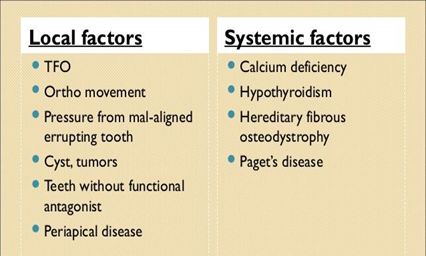
CEMENTAL REPAIR
- Cementum resorption is not necessarily continous After resorption has ceased, the damage is usually repaired, either by formation of acellular or cellular cementum or by alternate formation of both.
- The newly formede cementum is demarcated from the root by a deeply staining irregular line termed as reversal line
MCQs
1. Intermediate cemental layer_____?
A. Does not exhibit features of either dentin of cementum
B. Represents area of entrapment of hertwig’s sheath in dentin or cementum
C. Predominantly seen in apical tow thirds of roots of molars and premolars and is rare in incisors or deciduous teeth
D. All of the above are correct
Answer:D
Related posts
April 10, 2025
April 9, 2025
April 4, 2025




